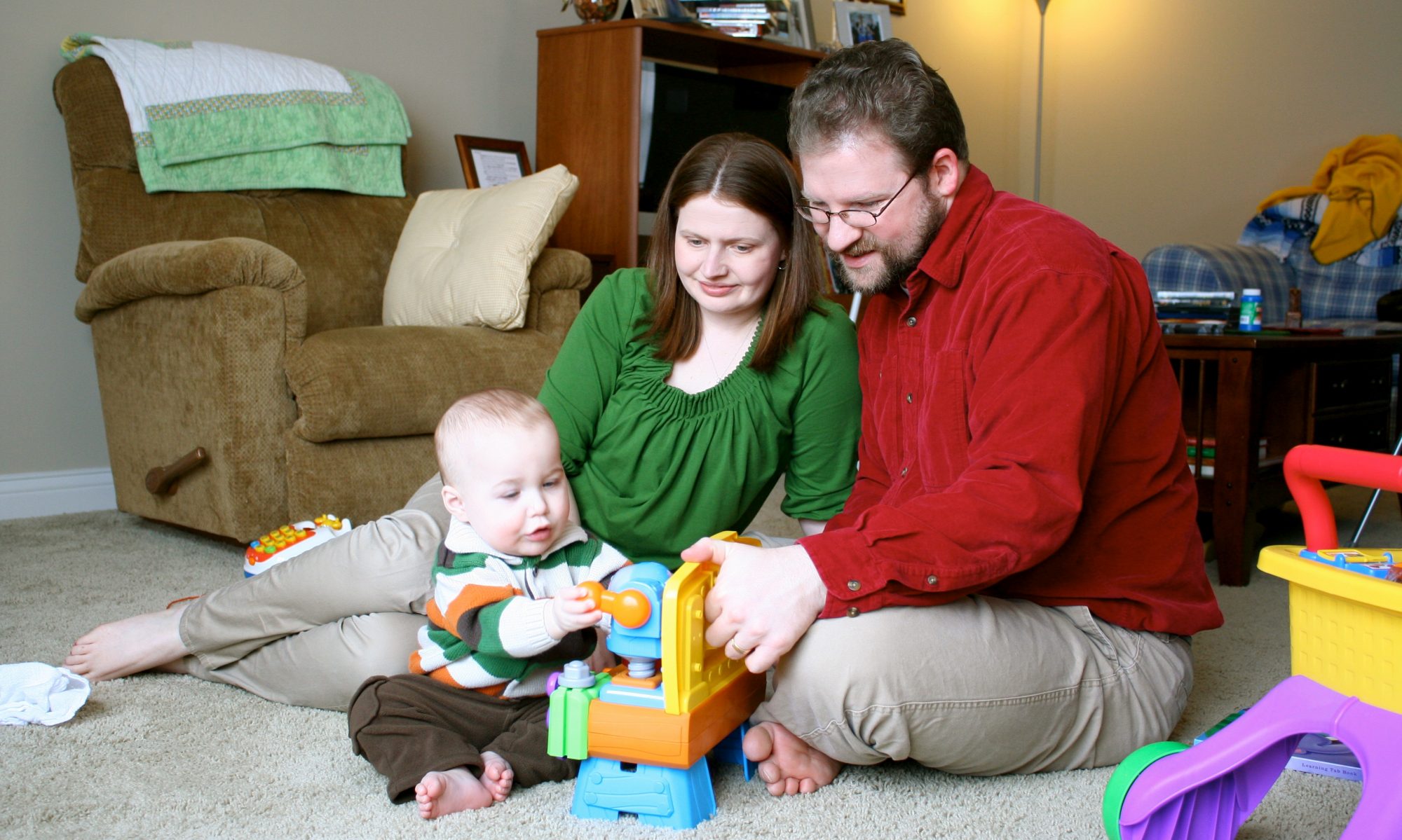Since the period between now and placement will be mostly waiting and praying, we thought we would write about a variety of adoption related topics. This might be discussing the process, things we find interesting, reflections on articles we read in adoptive books and magazines, or just posts about how we’re feeling. One such topic involves a part of the process at Bethany: the “Match Meeting”.
Now, every adoption agency does this part of the process a little differently. At Bethany, the matching process begins with the profile that each couple prepares. You can see ours on this site (see the links to the side) if you haven’t already. Next, no earlier than a birth mother’s 6th month or so (possibly later depending on her specific process), Bethany looks at a Mother’s (and Father’s where possible) preferences, and matches that up with the background acceptance statement that each couple makes. The background acceptance statement is basically how a couple indicates their openness to different kinds of adoptions, from race to risks and other preferences. A Bethany birth-parent counselor then meets with the Birth-Mother, and shows her all the profiles of appropriate waiting couples. She, along with any of her supporting family or friends look through these profiles, and pick out who they think would best parent their child. Possibly, they pick out an additional couple as well, but Bethany asks that the mother make a first choice.
Bethany then arranges a “match meeting”, a face-to-face meeting (when time permits) between the birth-family and the waiting couple, to be held at a neutral location the birth-family is comfortable with. The match meeting is attended by the waiting couple, the birth-mother (and someone to support her at her discretion), and the birth-mother’s counselor from Bethany. We had originally thought that the adoptive couple counselor might be invited too, but in our preparation, Bethany explained that it was very important for the waiting couple to not outnumber the birth family support, as that can be intimidating. At the meeting, everyone talks. We describe ourselves, and the birth mother describes herself. It’s a time for each of us to ask questions, though of course some questions are not appropriate. We are told that it is generally a very emotional meeting, which makes sense when you think about it. Everyone needs each other — the birth-mother is looking for a couple to parent her child, and the waiting couple needs a birth-mother for the selection. A lot rides on this decision, and everyone is scared and hopeful at the same time. At this point, though the birth-mother has chosen the waiting couple, there is no match yet. The point of the meeting is to help everyone be comfortable with the match. But everyone comes into the meeting vulnerable, hoping to make the perfect match and hoping that everyone likes each other, but everyone has the concern that it won’t work out.
This is also why it is critical for our profile to reflect who we are accurately. A waiting couple is selected based on their profile, but the match meeting makes the whole situation more real, and gives everyone that personal connection. If our profile is not who we are, then the match meeting can be one of the most awkward and disappointing situations imaginable.
After the meeting concludes, the birth-parent counselor talks first with the waiting couple, and then the birth-family, to get their impression of how the meeting went. If everything went well, and the birth-mother wants to make a match, the waiting couple is notified and their profile is placed on hold for the duration.
